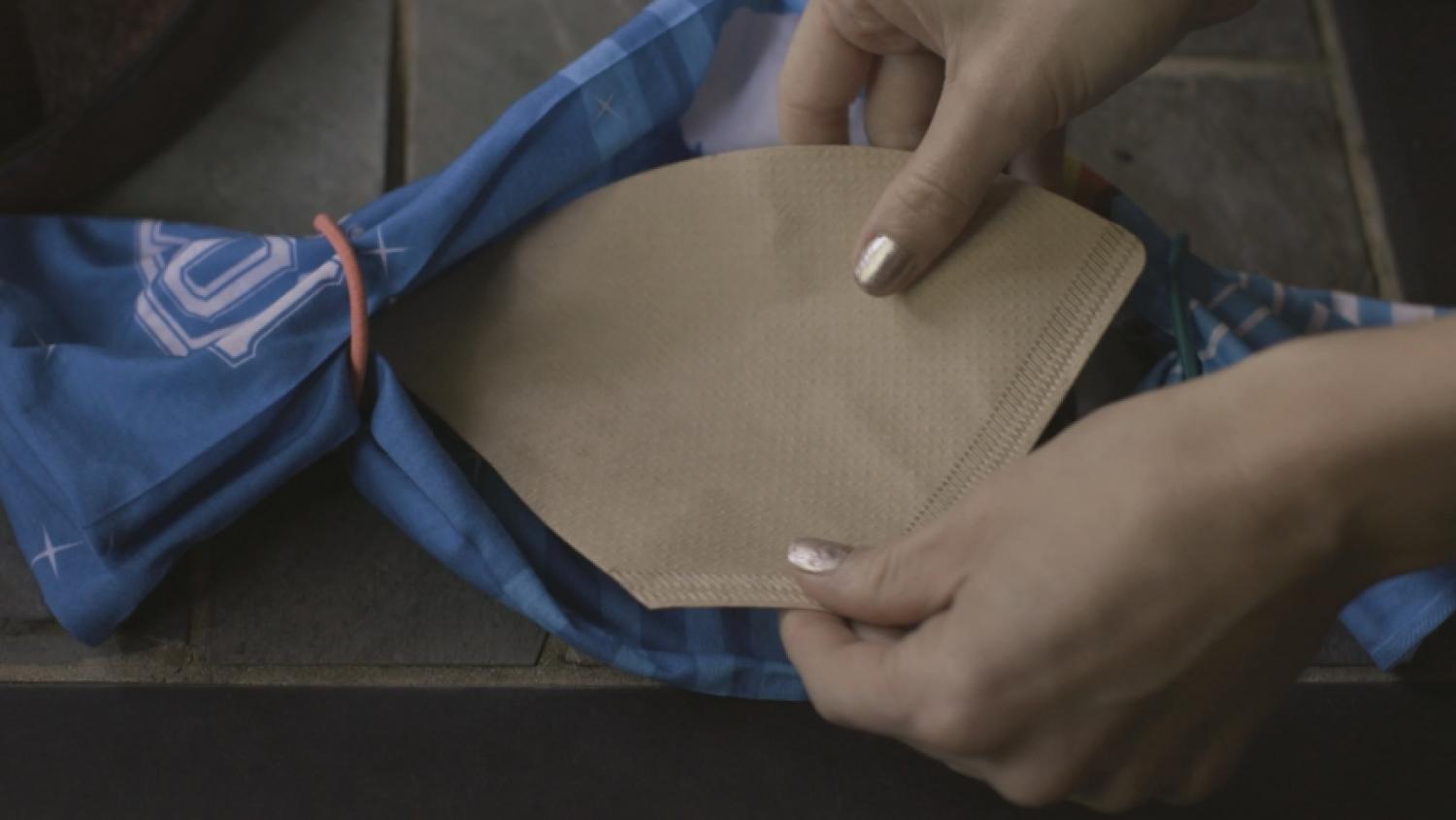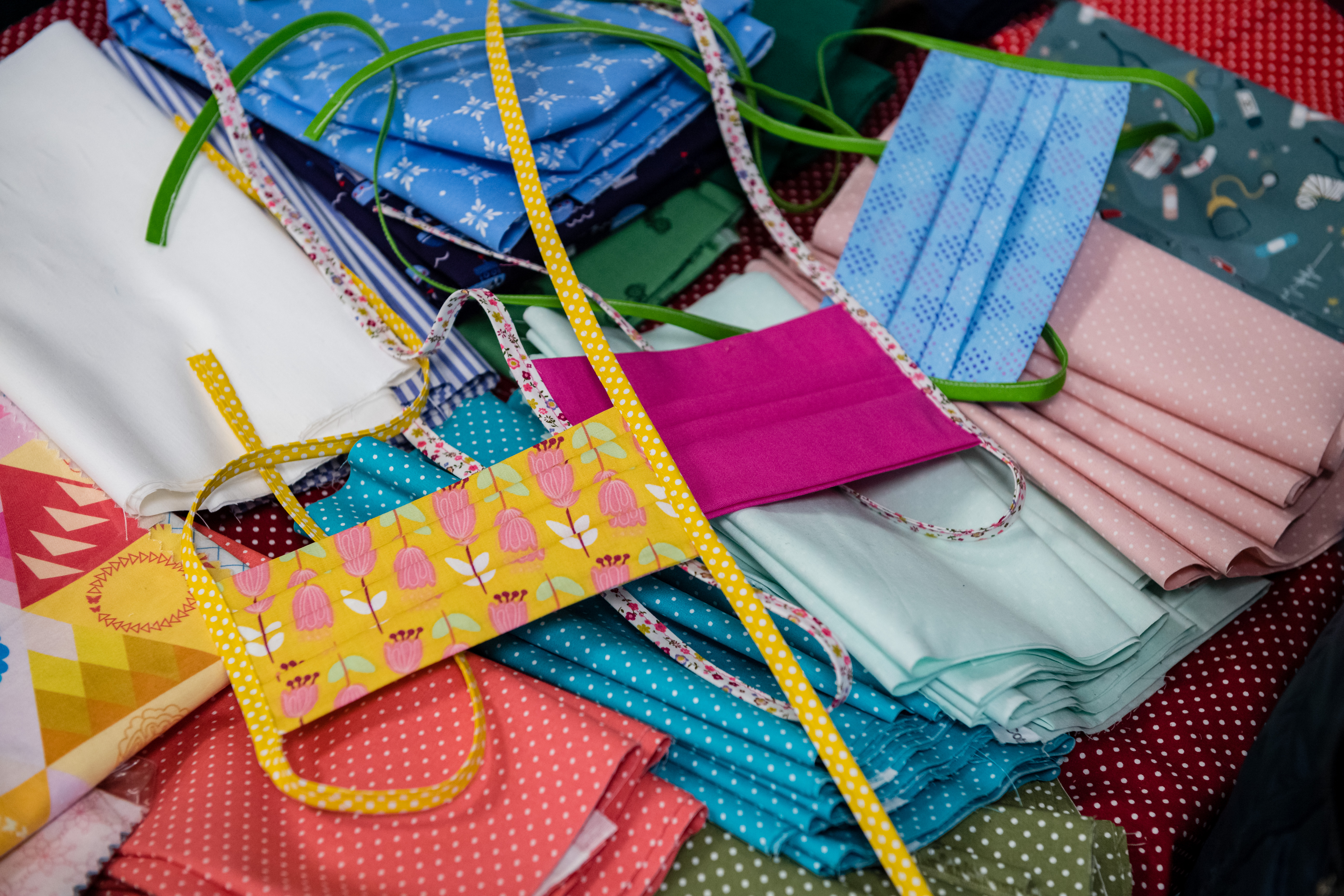When the Centers for Disease Control and Prevention recommended Americans should wear masks in public to protect themselves from COVID-19, the disease caused by the new coronavirus, people got out their sewing machines, shared their creations with neighbors, and started selling their products online.
Scientists like professor Supratik Guha from the University of Chicago also got to work.
"We built the experimental setup that was needed within a couple of days," Guha said.
Guha and his team at Argonne National Laboratory set out to collect data on the different types of fabrics used to make homemade masks and their ability to filter out aerosols similar in size to respiratory droplets. The team measured the number and size of particles in the air before and after passing through each type of fabric.
"In a week's time we had a lot of very interesting results, using solid scientific, laboratory-grade equipment," Guha said.
The team determined that cotton with a 600 thread count performed very well.
"A higher thread count cotton has a tighter weave. It has smaller gaps through which the particles can pass through," Guha explained. "We found that some of the materials such as silks, the polyester chiffon weaves, flannels, which were cotton-polyester mixes, they had good electrostatic properties which blocked particles by electrostatic means."
More on Homemade Masks
The team also determined that using a combination of fabrics worked the best.
"If we used 600 thread count cotton, with 2 layers of silk, we could get upwards of 90% filtration efficiencies," Guha said.
He added that the team got similar results when replacing the silk with 2 layers of polyester spandex chiffon -- a fabric used often in evening gowns.
Conversely, Guha said fabrics that had open weaves and gaps performed poorly.
"If you have masks made out of light T-shirt kind of cotton, and you raise it up and you can see gaps, it's probably not great," Guha explained.
Guha warns that no fabric mask is full-proof, and that fit matters. Gaps between a mask and the contours of the face can reduce the mask's efficiency from 90-40%.
"You can have the best fabrics in the world, but if the fit is not good, it's not going to do you any good," Guha said.
One more thing to consider when making or buying a mask: make sure it doesn't have more than 2-3 layers of fabric. Guha said the more you use will result in a loss of air supply and you will start sucking air through any gaps that may exist.



